Study, work or travel in the UK. British
culture and life.


An introduction to the game of cricket
|
|
Study, work or travel in the UK. British
culture and life.
|
|
||
|
|
|
|
||
 |
||||
|
|
||||
 |
||||
|
An introduction to the game of cricket
|
||||
|
Sections:
|
Introduction |
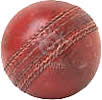 |
| Basics | ||
| Cricket matches | ||
| Fielding positions | ||
| Links | ||
|
Buy products connected with cricket:
|
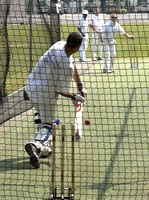 Practice in the nets |
 County cricket match, Worcester |
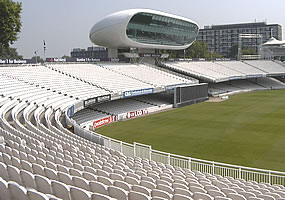 Lord's, St John's Wood, London |
|
Subscribe to: Spin:
World Cricket Monthly magazine
|
|||
 |
The
Ultimate Guide to Cricket Author: Gavin Mortimer Publisher: Puffin Books Date: May 2006 |
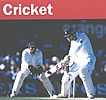 |
Know
the Game: Cricket Publisher: A & C Black Date: April 2001 |
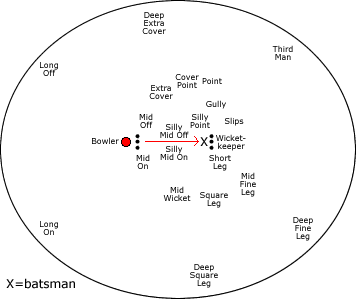 Fielding position names (for a right-handed batsman) |
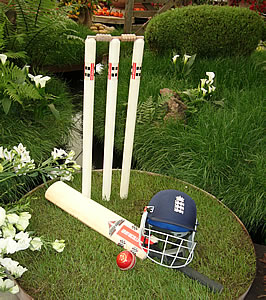 |
|
|
|